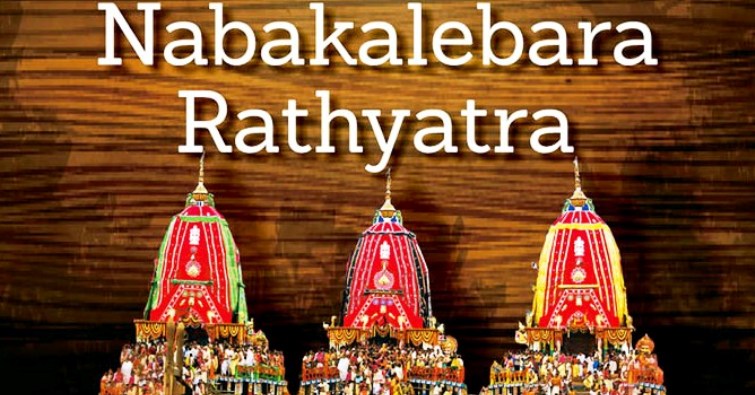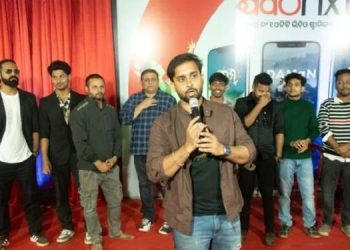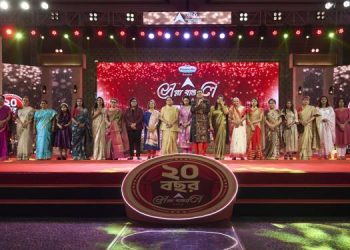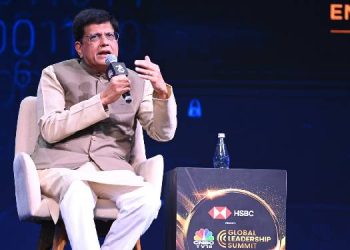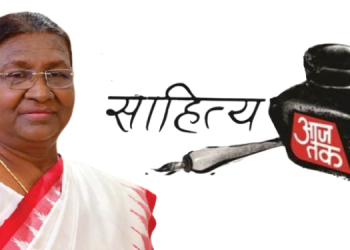Bhubaneswar : Devotees across the globe will now be able to access the most popular songs in praise of Lord Jagannath as All India Radio has come forward to upload these on YouTube to mark the historic and spiritual occasion of Nabakalebara Rath Yatra in Odisha.
Devotional songs sung by the likes of Vanikantha Nimaicharan Harichandan, Sangeet Sudhakar Balakrushna Das, Singhari Shyam Sundar Kar and others will now be available on the popular streaming site.
Besides, AIR-Odia live streaming would be available very soon on Internet and through Mobile Apps, DG-AIR, F Sheheryar said in Puri.
Sheheryar, who was in Puri yesterday for the release of the first Bhakti Sangeet CD made by AIR, said that the country’s oldest public broadcaster is looking to meet the demands of millions of devotional music lovers the world over.
On the occasion of Nabakalebara Rath Yatra , the first Bhakti Sangeet Bhajan CD was released by Puri Gajapati Maharaja Divya Singh Dev last evening in the presence of senior AIR officers. The CD contains 13 tracks.
The devotional songs from the 1960s and 1970s were meticulously collected from the archives of AIR, Cuttack, and released before the Nabakalebar Rath Yatra , Sheheryar said.
More such Bhakti music collected from the AIR archives will be released soon in three CDs, he added.

Lord Jagannath’s ‘Nabakalebara’ is a unique festival. Just as the eternal Soul resident in the human body discards the old body enters a new body, the Lord Jagannath discards His old body and receives a new body.
The ‘Nabakalebar’ was first done during 1575-1577 AD according to the ‘Madala Panji’, a chronicle maintained in Jagannath Temple by the then ruling King and founder of the Bhoi Dynasty, Sri Ramachandra Dev. The second ‘Nabakalebara’ was done in 1593 AD and the third was done in 1608 AD. Successive ‘Nambakalebaras’ have been solemnized in 1625 AD, 1646 AD, 1665 AD, 1684 AD. In 1698 AD, the cloth wrappings of deities were only replaced. Thereafter, full-fledged Nabakalebar were solemnized in 1714 AD, 1730 AD, 1749 AD, 1768 AD, 1790 AD, 1809 AD, 1828 AD, 1855 AD, 1874 AD, and 1893 AD. In the 2oth Century Nabakalabara have been solemnized in 1912 AD, 1931 AD, 1950 AD, 1969 AD, 1977 AD, and 1996 ADF.
The 25th Nabakalebara and the first Nabakalebara of the 21st Century was solemnized now in 2015.

